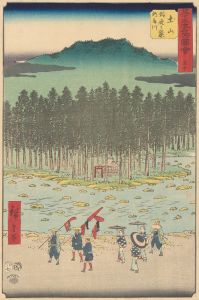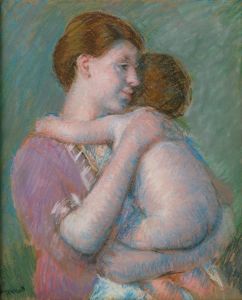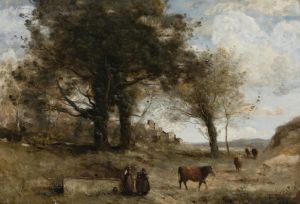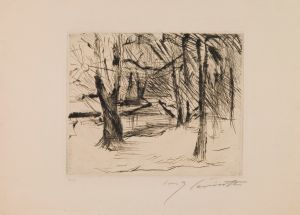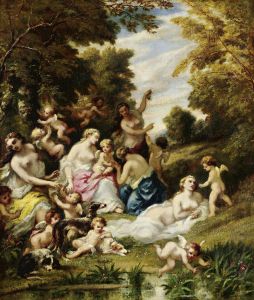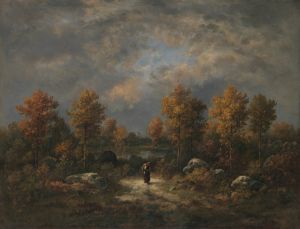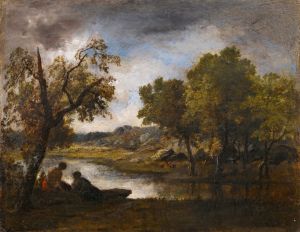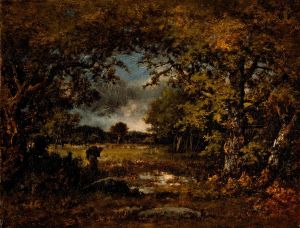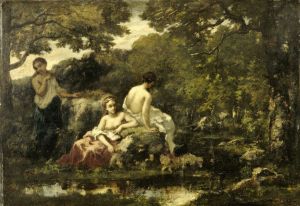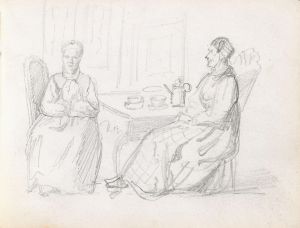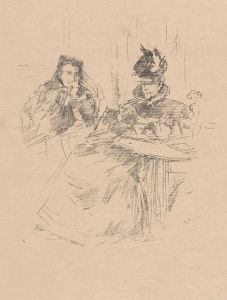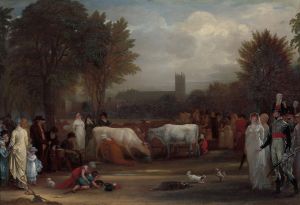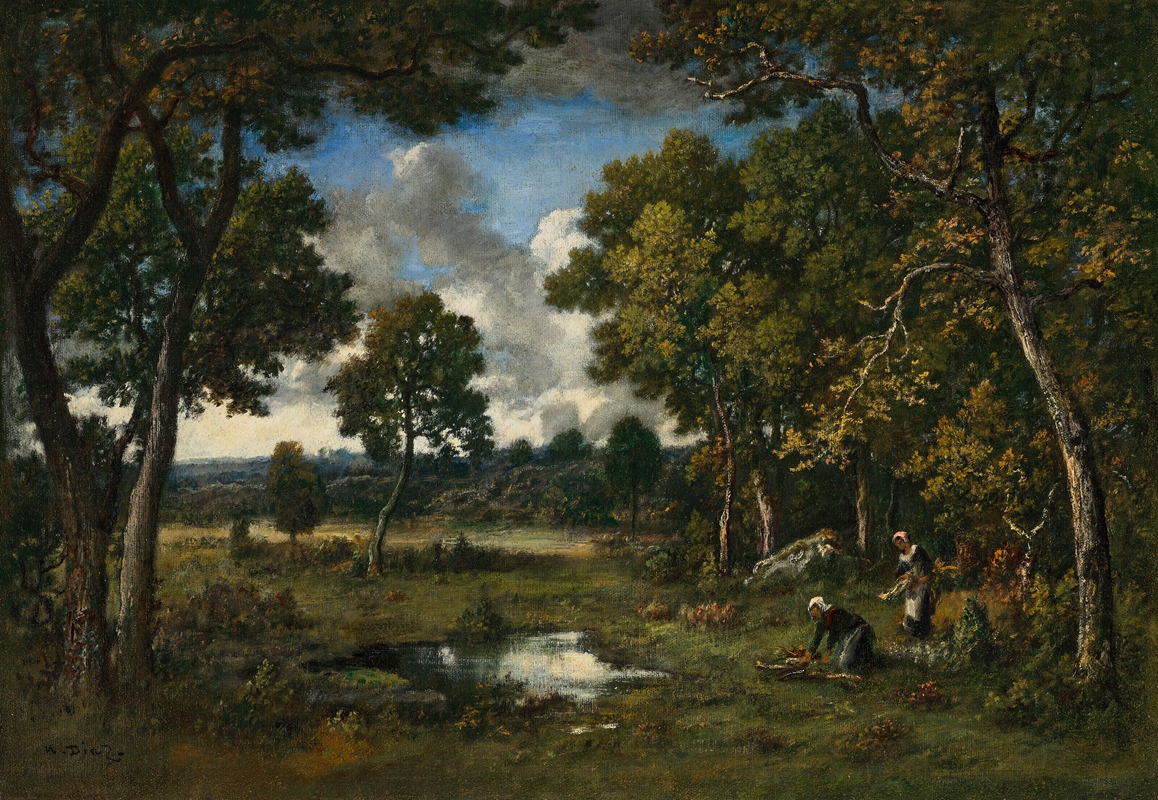
La bas d’apremont, deux bûcheronnes près de deux mares
A hand-painted replica of Narcisse-Virgile Diaz de La Peña’s masterpiece La bas d’apremont, deux bûcheronnes près de deux mares, meticulously crafted by professional artists to capture the true essence of the original. Each piece is created with museum-quality canvas and rare mineral pigments, carefully painted by experienced artists with delicate brushstrokes and rich, layered colors to perfectly recreate the texture of the original artwork. Unlike machine-printed reproductions, this hand-painted version brings the painting to life, infused with the artist’s emotions and skill in every stroke. Whether for personal collection or home decoration, it instantly elevates the artistic atmosphere of any space.
Narcisse-Virgile Diaz de la Peña's painting La Bas d’Apremont, deux bûcheronnes près de deux mares (translated as The Woods of Apremont, Two Woodcutters Near Two Ponds) is a work by the French artist who was a prominent member of the Barbizon School. This artistic movement, which emerged in the mid-19th century, was characterized by its focus on naturalistic landscapes and rural scenes, often painted en plein air (outdoors) to capture the immediacy of light and atmosphere.
The painting depicts a tranquil forest scene in the woods of Apremont, a location near the village of Barbizon in the Fontainebleau Forest, which served as a significant source of inspiration for many Barbizon painters. In the composition, two female woodcutters are shown near two small ponds, surrounded by dense foliage and dappled light. The figures are integrated into the natural environment, emphasizing the harmony between humans and nature, a recurring theme in Diaz de la Peña's work.
Diaz de la Peña was known for his mastery of color and texture, and this painting exemplifies his ability to render the interplay of light and shadow in a forested setting. His technique often involved rich, warm tones and a focus on the atmospheric qualities of the landscape. While he was less focused on precise anatomical detail in his figures, his landscapes are celebrated for their emotive and almost poetic qualities.
The exact date of the painting is not definitively documented, but it is consistent with Diaz de la Peña's mature period, during which he produced many works inspired by the Fontainebleau Forest. This period saw the artist collaborating and interacting with other notable Barbizon painters, such as Théodore Rousseau and Jean-François Millet, who similarly sought to depict the beauty of rural France.
The painting is part of Diaz de la Peña's broader contribution to the Barbizon School, which played a significant role in the transition from Romanticism to Realism in 19th-century French art. His works, including La Bas d’Apremont, deux bûcheronnes près de deux mares, are considered important precursors to later developments in landscape painting, influencing artists such as the Impressionists.
Further details about the current location or provenance of this specific painting are not readily available in public records.





